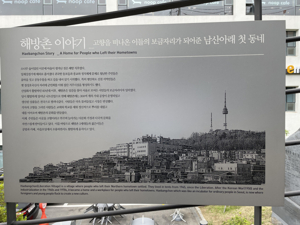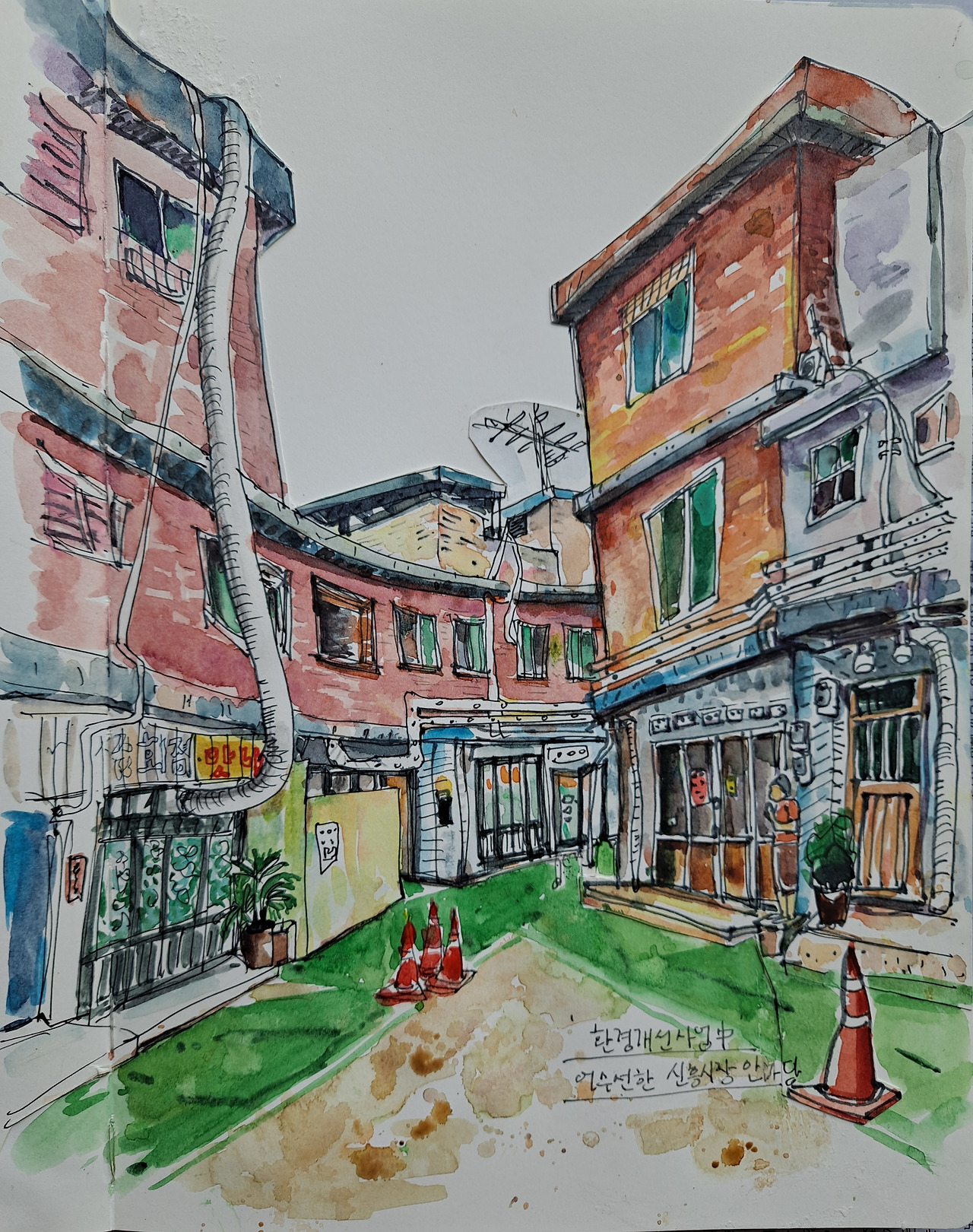Haebangchon: A Hidden Gem in Seoul Where History and Modernity Coexist
Nestled in Yongsan District of Seoul, Haebangchon is not just a neighborhood but a living history book. This village began when displaced people from North Korea settled here after liberation in 1945, building makeshift homes. Over the past 70 years, it has embodied the flow of Korea's modern history in its streets and buildings.

Alleyways That Preserve Historical Traces
Haebangchon holds Korea's tumultuous history, from the pain of Japanese occupation to the new beginnings after liberation. The famous 108 Steps were originally built in 1943 as the entrance to the Gyeongseong Patriotic Shrine constructed by the Japanese. After liberation, these steps became a challenging daily route for Haebangchon residents. In 2018, an inclined elevator was installed, providing much-needed relief for elderly residents.
During the Japanese occupation, the area was divided into a Japanese military base, shooting range, and patriotic shrine. After the Korean War, it fell under U.S. military administration with American bases established nearby. This historical layering has created a unique architectural landscape where Japanese-style houses coexist with Western-style buildings.

The Rise and Fall of Local Industry
Shinheung Market once served as the economic center of Haebangchon. In the 1950s, tobacco manufacturing flourished here. From the 1960s through the 1980s, home-based sweater workshops in the area produced approximately 30% of the nation's total output. However, as manufacturing became automated in the 1990s, these cottage industries declined, and Shinheung Market gradually lost its function as a traditional marketplace.
Transformation into a Multicultural Space
Due to its proximity to Itaewon, Haebangchon has attracted people of various nationalities. Exotic grocery stores, cocktail bars, and Moroccan restaurants add a special atmosphere to the streets. Often referred to as "HBC" by expatriates, this area has a high percentage of foreign residents, creating a space where diverse cultures coexist harmoniously.
Rebirth as an Arts Village
Recently, Haebangchon has been reborn as an arts village through urban regeneration projects. Alleyways decorated with murals, charming cafes, craft workshops, and independent bookstores have transformed it into a hotspot for young people. Shinheung Market particularly stands out with its unique atmosphere where old shops from the 70s and 80s exist alongside modern establishments under one roof, attracting many visitors.
A Paradise for Food Lovers
Haebangchon is also famous for its diverse eateries. Long-standing establishments like "Phillies," which has been selling burgers and fries since 1998, "Casablanca" offering Moroccan cuisine, and "Jacoby Burger" have been beloved for years. Recently, unique concept stores like "Food Issue," a foreign-style side dish shop, have emerged, drawing visitors to the area.
The Harmony of Past and Present
The greatest charm of Haebangchon lies in the harmonious coexistence of past and present. Alleyways that retain their old charm, modern shops, and people of various nationalities create a unique cultural landscape. Despite the risks of gentrification, Haebangchon maintains its identity while continuing to develop, possessing a special charm that differentiates it from other Seoul neighborhoods.
Haebangchon is not simply a tourist destination but a living space where Korean history, culture, and current diversity coexist. This small village located at the foot of Namsan Mountain is a hidden treasure of Seoul, offering new discoveries and impressions with each visit.